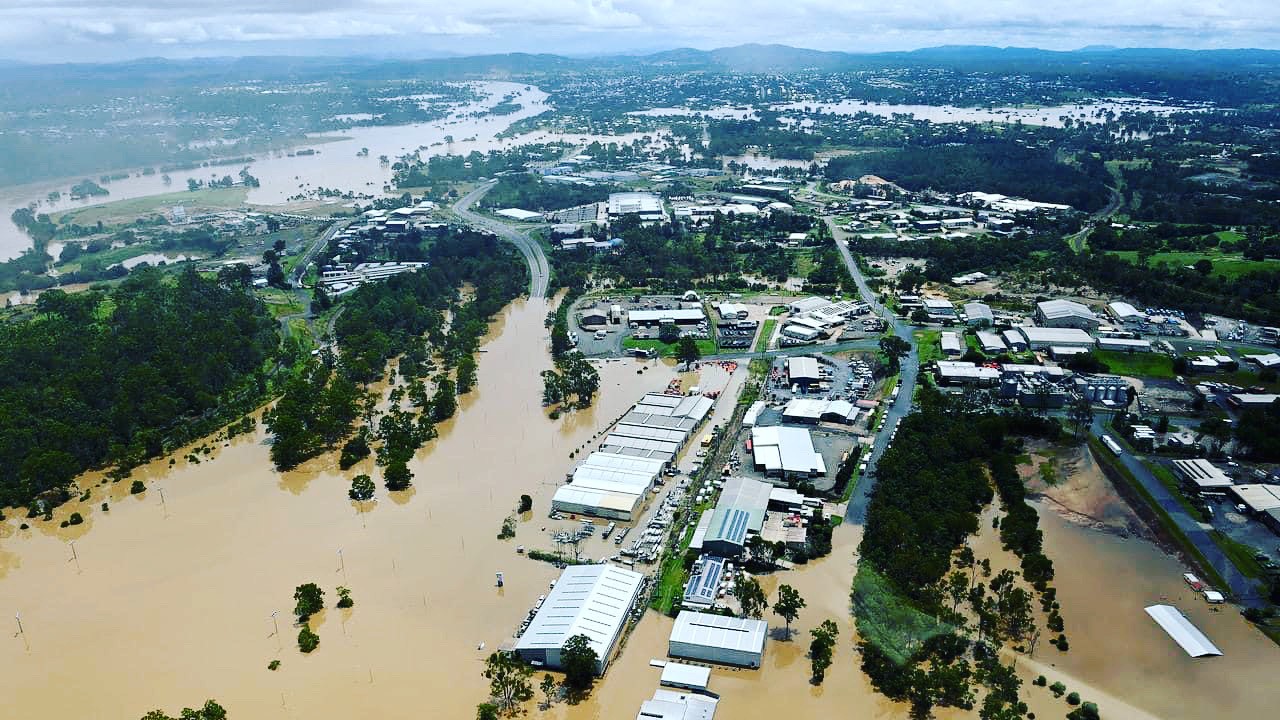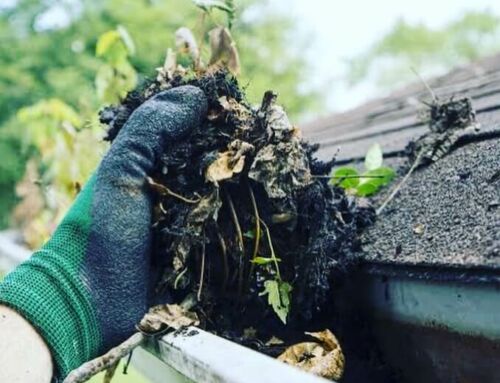
Insurance Recovery Process
The recent storms and flooding event in SE Qld and NSW has resulted in significant damage and over 120,000 claims have been lodged in the last two weeks with various insurers. The Insurance Council of Australia declared an insurance catastrophe as a result. Read the initial media release from the Insurance Council of Australia here.
What does this mean for you?
This declaration serves to escalate and prioritise the insurance industry’s response for policy holders and helps assist the insurance recovery process.
Under the Catastrophe declaration:
- Claims from affected policyholders will be given priority by insurers
- Claims will be triaged to direct urgent assistance to the worst-affected property owners
- ICA representatives will be mobilised to work with local agencies and services and affected policyholders as soon as emergency services say it is safe to do so
- Insurers will mobilise disaster response specialists to assist affected customers with claims and assessments as soon as emergency services say it is safe to
- An industry taskforce has been established to identify and address issues arising from this catastrophe
- The insurance industry has made this Catastrophe Declaration to activate services and support for affected homeowners and businesses and reassure them that their insurer is there to help
What does this mean for insurance companies?
Insurance companies in Australia are bound by the General Insurance Code of Practice. The Catastrophe declaration helps insurers respond to large volumes of claims and offers insureds extra protections due to high claims volume constraints. This declaration obliges insurers to respond to catastrophes efficiently, professionally, practically and compassionately. Insurers must cooperate and work with the Insurance Council of Australia on industry coordination and communications under the Insurance Council of Australia’s industry Catastrophe coordination arrangements. This helps expidite the insurance recovery process.
It also means if you have a property claim resulting from a Catastrophe and the insurer has finalised your claim within 1 month after the Catastrophe event causing your loss, you can request a review of your claim if you think that assessment of your loss was not complete or accurate, even though you may have signed a release.
The insurer will give you 12 months from the date of finalisation of your claim to ask for a review of your claim. They will inform you in writing about this entitlement and their Complaints process when they finalise your claim. Insurers are sending a Catastrophe Fact Sheet to Insureds when their claim is lodged. If you don’t receive one, ask your insurer or insurance broker to send it to you.
Insurers are obliged to give retail clients (those with domestic products) a Cash Settlement Fact Sheet to help you understand the implications of taking a cash settlement payment.
What you can expect from the Insurance Recovery Process
The below steps show the usual process for an insurance claim. Given the sheer volume of claims insurers and assessors are dealing with at the moment, these steps may take longer than usual. Part 8 of the General Insurance Code of Practice (Making a Claim p29) explains the claims process and timeframes involved, including Catastrophes.
Step 1: Make Safe
If your property has been damaged, your insurer will arrange emergency works as soon as it is safe to do so to minimise any hazards and prevent further damage. This can include removing loose debris, isolating damaged solar panels or electrical circuits and installing a roof tarp.
Step 2: Assessing the damage
An insurance assessor (or claims adjuster) will inspect the damage to your property. An engineers inspection may also be required to determine if there is any structural damage.
Step 3: Scope of Work (or Statement of Work)
The Scope of Work is the written report that sets out the repair/rebuild work to be performed. It’s important to read the report and let your insurer know if changes are required. A Scope of Work can be varied later if further damage is found.
Step 4: Repair
Once your Scope of Work has been agreed, it’s time to repair or replace the damage. If your insurer is managing the repair/rebuild, they will appoint a builder, arrange the contracts and notify you of the construction schedule. Your insurer will also manage local council approvals as required.
Step 5: Cash settlement
You may take a cash settlement to manage the repair or rebuilding work yourself. It’s important that you comply with council regulations and buildings codes, as well as using a licensed builder. If you fail to do this, your home may not be insurable in the future.
Step 6: Feedback/ complaints
If you are unhappy with the handling of your insurance claim, you can lodge a complaint with your insurer. Your insurer has a dedicated dispute resolution process to resolve your concerns.
Claims Handling as a Financial Service
As a result of the Hayne Royal Commission, claims handling and settling services is now considered a financial service and must be undertaken by suitably authorised and licenced people. From January 01 this year, anyone providing claims handling and settling services is required to hold an Australian financial services (AFS) licence under the Corporations Act 2001. Read more about this here. Ensure that anyone you deal with or the company they represent holds an Australian Financial Services Licence.
Disaster Chasers and what to look out for
The Insurance Council of Australia is warning property owners to watch out for Disaster Chasers. They typically present themselves in disaster impacted areas shortly after an event occurs. They may door knock neighbourhoods, claiming to have identified damage at your property, or in some very bold cases they may claim that they are here at the behest of your insurance company. They may also offer to manage your claim for a fee, sometimes up to 20% of your claim payment figure. Be very wary and ask for ID. Check whether they are properly licenced and contact your insurer before signing any documents they provide.
Disaster chasers might do the following:
- Claim to be able to identify damage to your property that you were unaware of, sometimes by way of a free inspection
- Ask for money up front
- Promise to get the repairs done in a short amount of time
- Promise to get the repairs done for an amount that is far below legitimate competitors’ bids
- Not have insurance or necessary licenses
- Ask you to sign a contract, on the spot
- Claim that they will be able to get your insurer to pay more for an insurance claim than you could manage yourself
Top tips for identifying or dealing with a Disaster Chaser
- Insurers will not send a tradesperson or builder to your home without notifying you and providing you with details.
- Speak to your insurer before agreeing to any repairs or rebuilding work to make sure your insurer will cover it.
- If in doubt, ask for identification such as a builder’s licence or driver’s licence, and ring your insurer to check.
- Don’t sign contracts with a disaster chaser if they door knock.
- If you have signed a contract, there is a cooling -off period, your insurer can help you end the relationship with the disaster chaser.
If in doubt, report any suspicious activity to government authorities or police. Read more here about Disaster Chasers
We’re here to help protect what’s important to you > https://regleis.com.au/contact/


